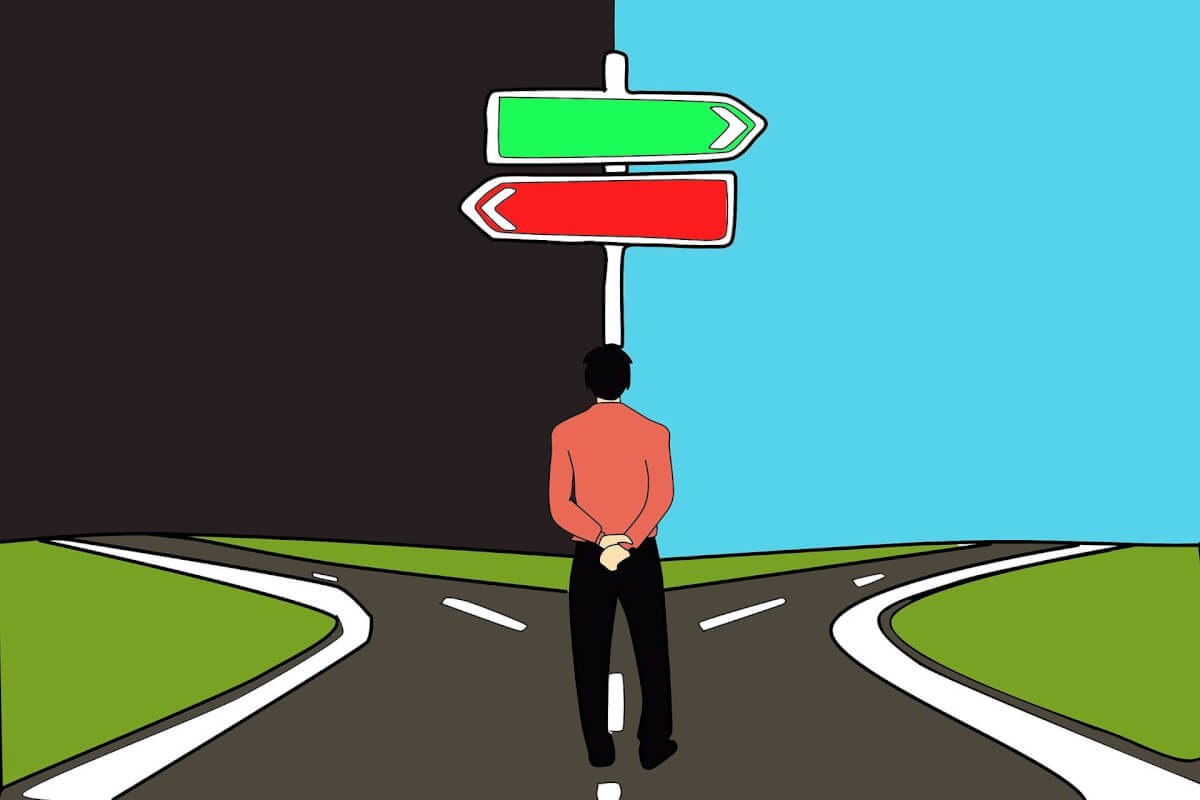Many companies struggle with balancing selling to their audience and educating them. Creating a strong CTA in your content is one area where this difficulty often arises.
In this article, we’ll dive into how you should add calls to action to your content and when it’s appropriate. A strong CTA in your content can make all the difference when trying to convert prospects.
What does call to action mean?
A call to action is traditionally a prompt for the person reading your content to do something. Oftentimes, companies think that it means a direct prompt to purchase, but that’s not the case. In most instances, the CTA is different depending on the stage of the buying funnel the content is for.
At the top of the funnel: The CTA should not ask for the sale at this point. Instead, it should get prospects to read other content on your site or sign up for a newsletter. The barriers here for the prospect to take action are very, very low. You want them to show that they are willing to take those initial steps of interest with your company.
At the mid-funnel: You’ll want prospects to download an e-guide or other relevant information that will further educate and qualify them. Examples of mid-funnel CTAs include “Download our guide” or “Check out our new product.” With this, you’re getting them to go check something out.
At the bottom of the funnel: A call to action is traditionally the sales focus here. You’re trying to get prospects to call you, purchase from you, schedule a demo or fill out a lead form. Only at this stage is it appropriate for a sales-oriented call to action.

What are the consequences of not having a CTA in your content or using one inappropriately?
Not having a CTA with your content means that you are essentially stranding your visitor at that stage. If there isn’t a reason for them to continue to engage with your site, they’ll leave. And that is a lost opportunity.
Having a CTA is imperative for every piece of content, including content in areas of your website that are not traditionally sales-oriented. For example, the “about us” section is an area where many prospects go when they’re interested and want to learn more about you. It’s a perfect opportunity to add a call to action to further develop the relationship.
Adding the wrong type of CTA at the wrong stage can also have dramatic negative impacts. As an example, let’s say a visitor comes to one of your blog posts for top-of-the-funnel information, but they get to the end of that post and are now pushed very hard to buy something from your company. They’re not ready yet, and as a result, they’ll abandon the process and may potentially have a slightly negative view of your company because you’re trying so hard to generate that sale.
If you step back and put the appropriate CTA in your content, you’ll experience the inverse effect. Your prospects will have a positive brand image of your company. And, more importantly, they’re more likely to visit other pieces of content or take the other actions that you’re asking them to.
In summary
Having no call to action is just as bad as having a bad CTA in your content. Make sure that every piece of content on your site drives visitors to do something else. And make sure you match the right CTA with the right buying stage of that content.
If you do this, you’ll have tremendous success. Your content marketing program ROI will improve, and most importantly, you’ll drive bottom-line results.











